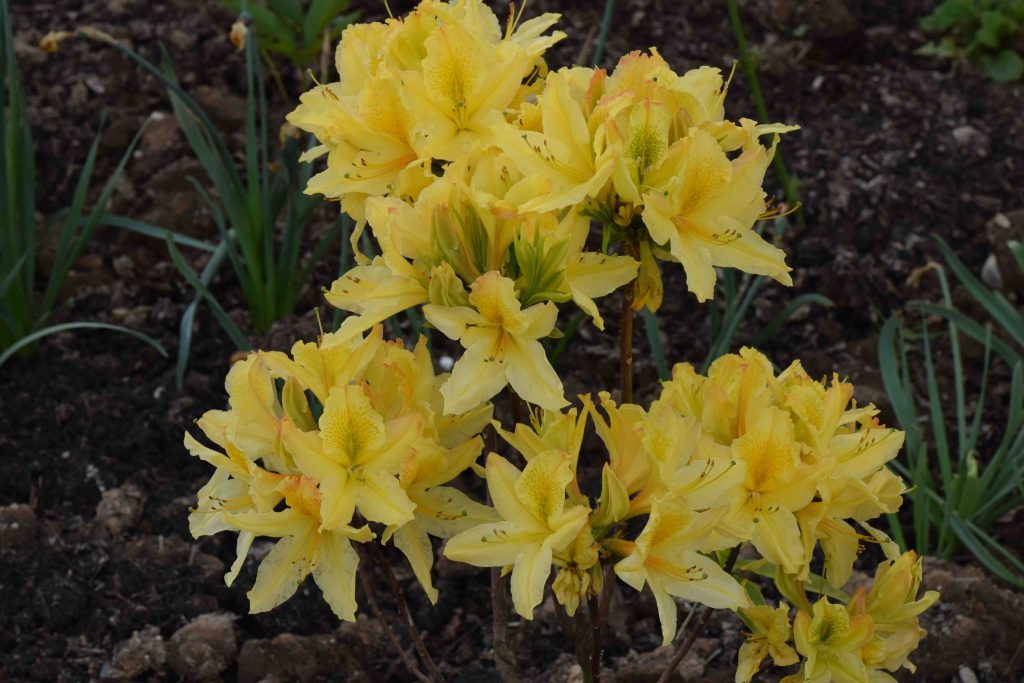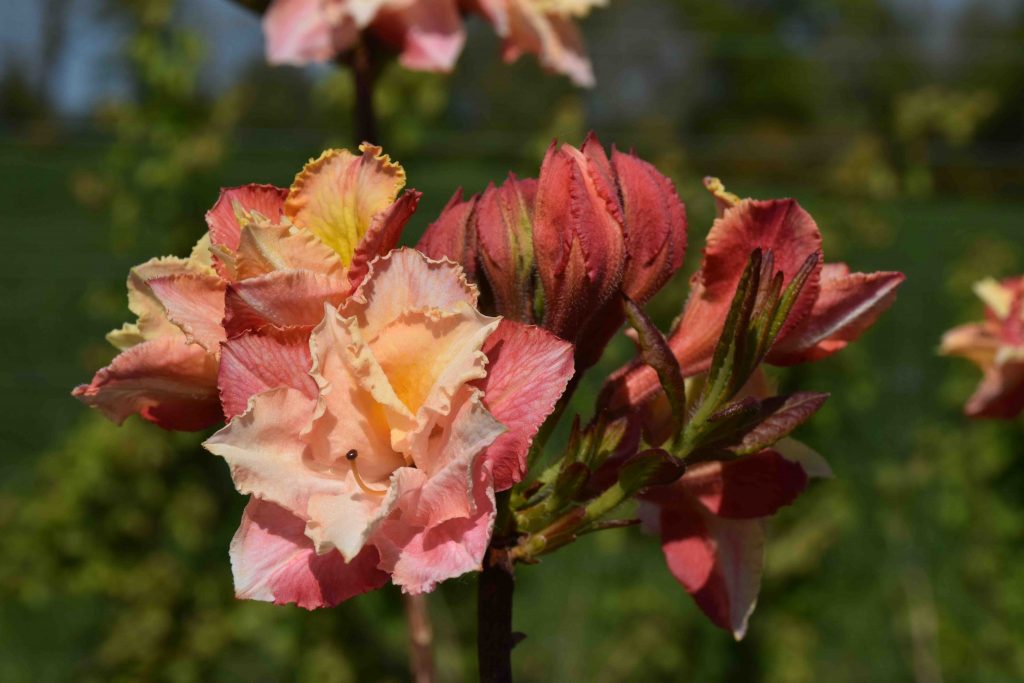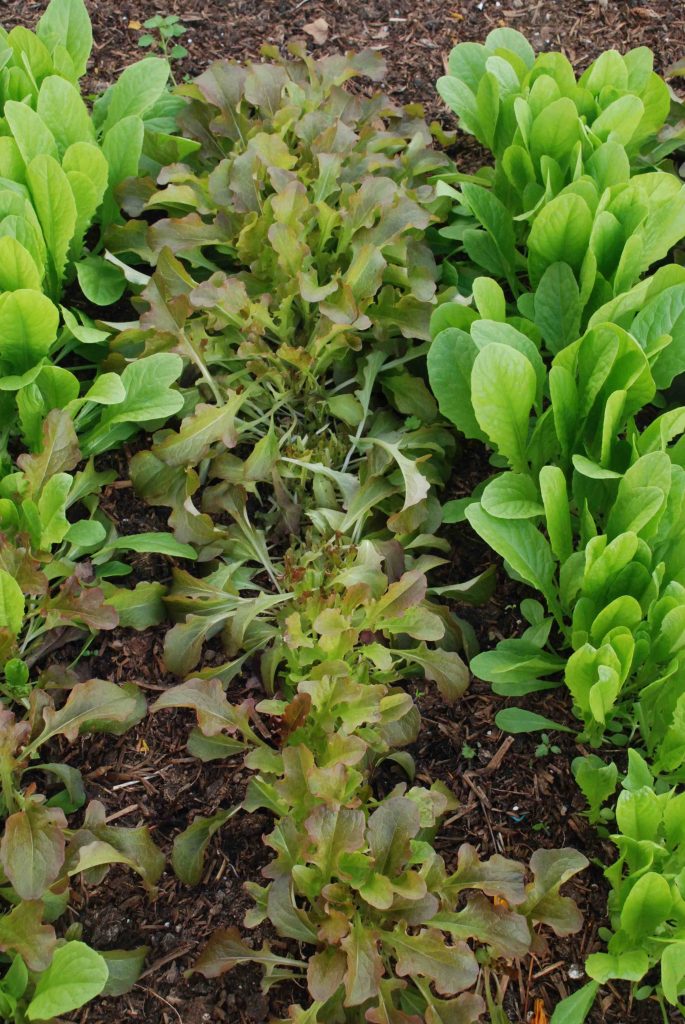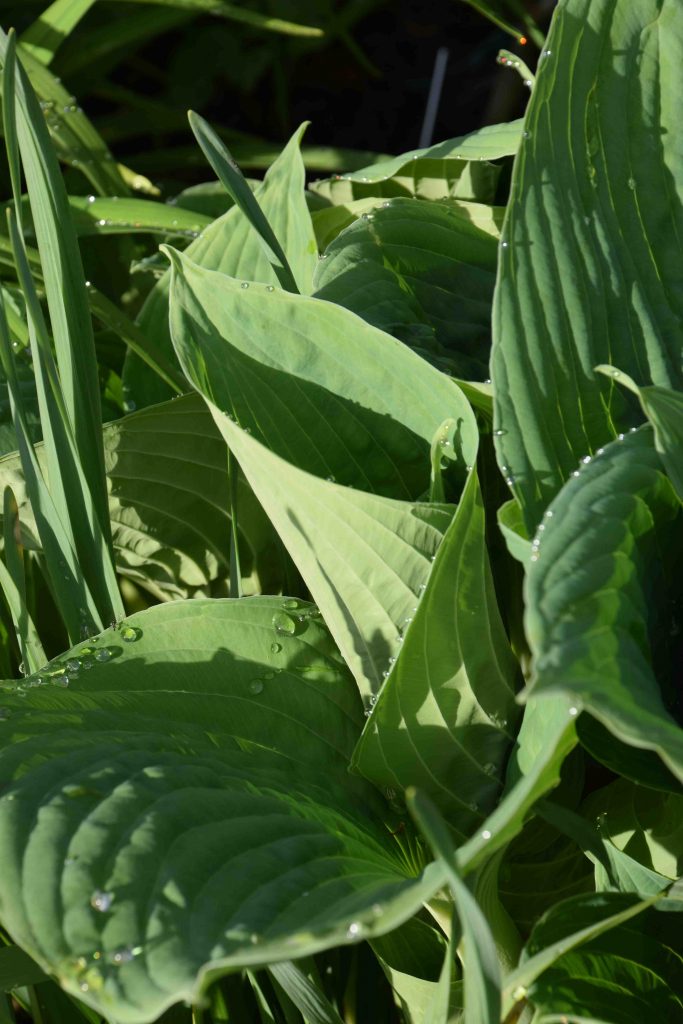
Growing up in Lingfield and then Oxted, Sundays often involved family trips to the great gardens of the Weald such as Sheffield Park. It was these that fostered a love of azaleas with their vibrant colours and scent, often accented by a carpet of bluebells. Unfortunately, living in Oxted at the foot of the Downs, did not allow me to grow them. The grey clay slumped over chalk was the worst possible soil for them and even hydarngeas struggled to be more than wimpy, yellow tufts of leaves. But the soil here is enormously varied and just down the road and into Limpsfield the soil miraculously changes to greensand and is perfect of azaleas and rhododendrons. I have never wanted to grow most rhododendrons – I think they are a bit ‘clumpy’ and best enjoyed when planted by the acre – but azaleas are a different matter and now, for the first time, I hope I have suitable conditions, though time will tell.
Although not all deciduous azaleas are fragrant, a good many are and, for me, it is a large part of their attraction. In my ‘Knights’ days, we sold a lot of rhodos and azaleas. Most came in in autumn, arriving with the main shrub delivery. The diverse soil types locally certainly must have influenced this as well as the ready availability of peat in the 80s. It was nothing to even think about to consider making a ‘peat bed’ or pile vast quantities of the brown stuff into and onto the soil.

These deciduous azaleas bloom from April, through the main flowering period in May, into June. You can easily have them in bloom for two months. They need a moist but well-drained soil that is acid and rich in organic matter. If the soil is too dry they often get mildew on the foliage in summer. They usually reach about 1.5m (5ft) high and across though some can get bigger with maturity. But they can be pruned immediately after flowering to keep them a little smaller. They are no one-hit wonders though and most have wonderful autumn colour.
If you already have some in the garden, do them a favour and snap off the old flowers as they age to avoid needless energy expended on the unnecessary production of seeds. A high-potash feed will give them a boost if you have some.
It is theoretically possible to grow them in pots if you do not have acid soil but they are rather leggy and informal in habit – a reason I like them. But it is not quite right for pots where evergreen azaleas look better – in my opinion.
Jobs for the week

Sow salads
Because my new garden is not yet quite functioning as it should and ‘lockdown’ meant that I could not get the timber for my veg raised beds I am not growing as many of my own food as I had intended. But I put up the polytunnel last year and there was enough timber lying around from house building to make some temporary beds. So I did manage to get some salads sown. I am sure that if you look through your seeds you will find some packets of rocket, lettuce or spinach that can be sown. You don’t need a garden – just a pot with some compost. At this time of year they will germinate and grow rapidly and be ready to pick in just over a month. At first take off the leaves individually but as growth picks up you and shear them off with scissors. A few weeks later you can take off another crop.
Time to change pots?
IN any other year it would be time to change the plants in out patio pots. But with nowhere to buy good bedding plants we will have to keep what we have going for a bit longer. With deadheading, regular watering and feeding, violas will keep flowering until the weather gets hot and dry and they get too straggly. Primroses, forget-me-nots and bellis will not continue to bloom and will die after flowering so should be pulled up to make room for the surrounding plants.
Look after hostas

Hostas are remarkable plants with remarkable diversity of foliage and pretty flowers too. They are no more prone to slugs and snails than many other plants – it is just that the holes are there to see all season unlike with delphiniums or lupins where new growth tends to cover them up. So it really is worth a little extra effort right now to prevent early damage. There are as many ways to prevent slug damage as there are slugs – you know which you prefer.